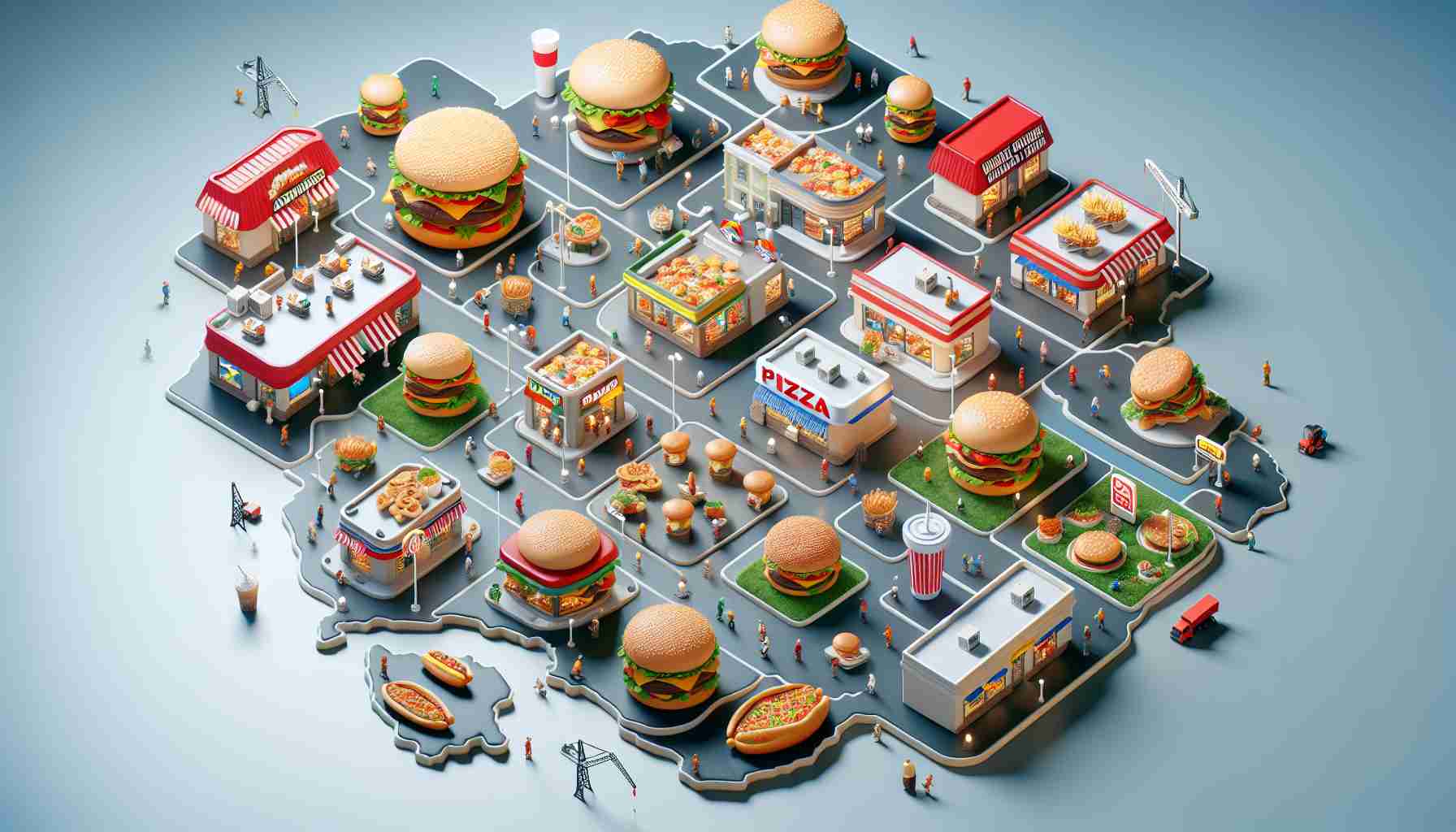Fast-Food Chains Expand Across the Nation
A Mexican Flavor Frenzy
Fast-food chains are ramping up their game with expansive plans across the U.S. Qdoba, known for its Mexican cuisine, is set to open 39 new franchise locations in its quest to reach a total of 1,500 nationwide. Meanwhile, its rival, Chipotle, boasts over 3,380 restaurants in the U.S. and Europe.
Regional Growth
Qdoba’s expansion will concentrate primarily in Northeast Pennsylvania, invading towns like Mount Pocono and Stroudsburg. With major players like Cafua Management Company on board, the chain is set to dominate the fast-casual Mexican dining scene.
A Tasty Race
As Qdoba and other chains like Big Dave’s and Burritobar gear up for massive expansions, the battle for customer loyalty intensifies. Offering value deals and innovative menus, these brands are vying for a slice of the quick-service restaurant market share. It’s a tempting feast for fast-food enthusiasts to watch how these beloved chains navigate the competitive landscape.
The Fast-Food Revolution Continues
Fast-food chains are not slowing down in their quest for expansion across the nation. In a bid to cater to the ever-growing consumer demand for quick and convenient dining options, major players are making significant moves in the industry. While Qdoba and Chipotle have been making headlines, other chains are also stepping up their game to capture a larger market share.
Unprecedented Growth Projections
Qdoba’s ambitious plans to open 39 new franchise locations are just the beginning of a larger trend. Analysts predict that the fast-food industry will continue to experience exponential growth in the coming years, with various chains eyeing different regions for expansion. This begs the question – how will this rapid growth impact local economies and communities across the nation?
Key Challenges:
1. Saturation and Overcrowding: With multiple fast-food chains expanding simultaneously, there is a risk of oversaturation in certain markets. This could lead to intense competition, potential closures of less successful outlets, and a strain on resources in already saturated areas.
2. Health and Nutrition Concerns: As fast-food chains proliferate, concerns about the health implications of consuming fast food regularly become more pronounced. The availability of more fast-food options may contribute to unhealthy eating habits and lifestyle choices.
3. Impact on Small Businesses: The rapid expansion of fast-food chains could have implications for local small businesses that operate in the same space. Increased competition from large chains may threaten the survival of independent restaurants and eateries.
Advantages:
1. Job Creation: The expansion of fast-food chains can create employment opportunities for individuals in various regions, contributing to local economic growth.
2. Convenience and Accessibility: Increased availability of fast-food options makes dining out more convenient for consumers with busy lifestyles or limited cooking capabilities.
3. Brand Recognition and Loyalty: Fast-food chains that expand their presence across the nation can build strong brand recognition and loyalty among consumers, leading to increased customer retention and sales.
As the fast-food landscape continues to evolve, it’s important to consider the broader implications of this growth on society, economy, and health. Consumers should stay informed about the choices they make and the impact these choices have on themselves and their communities.
For more information on the fast-food industry trends and impacts, visit FastFoodIndustryInsights.com.










